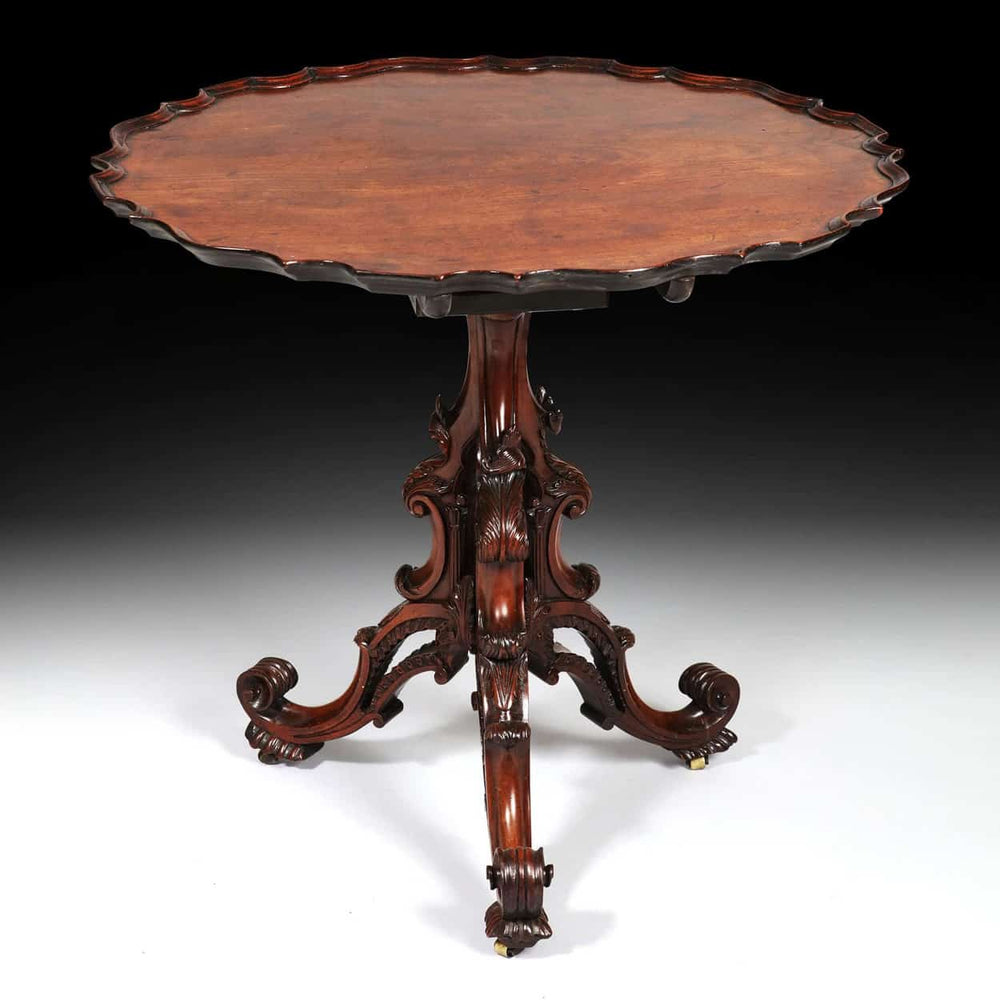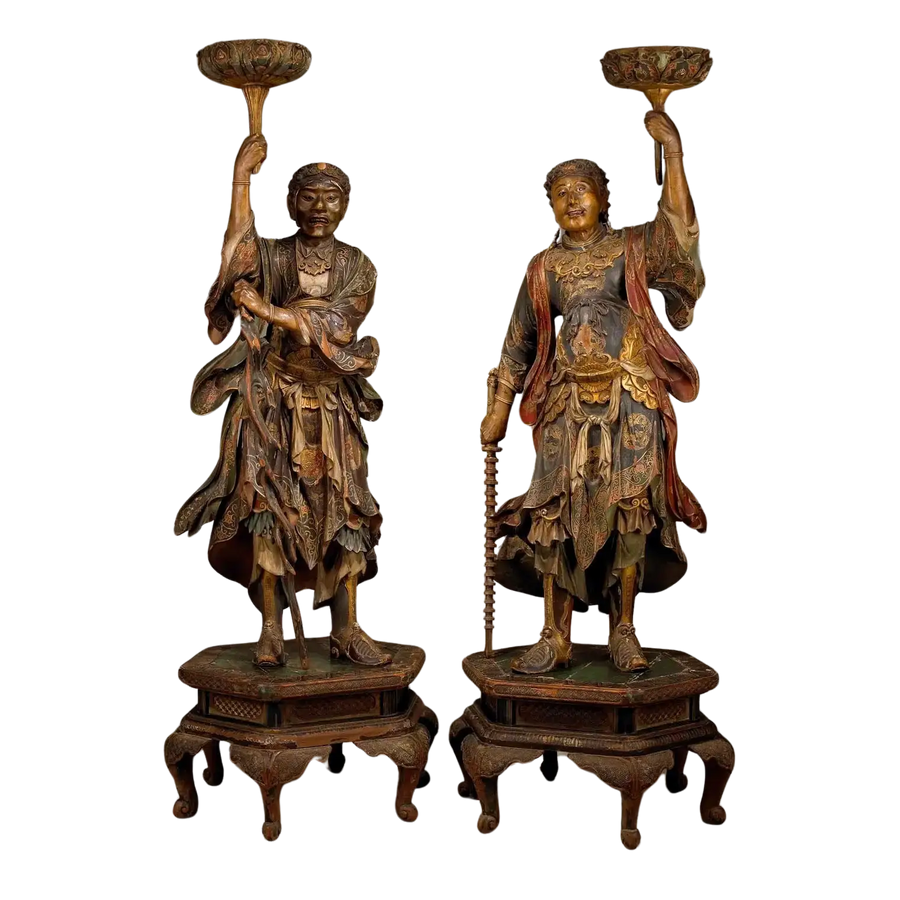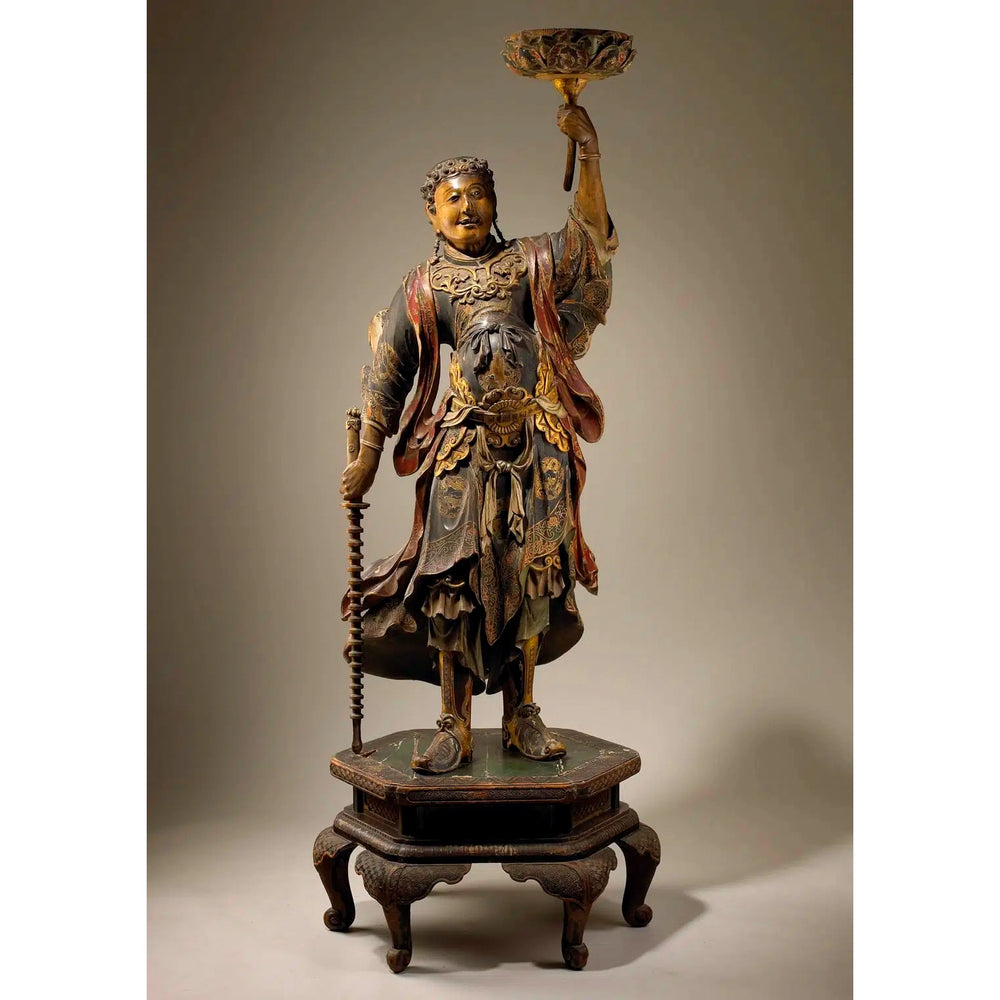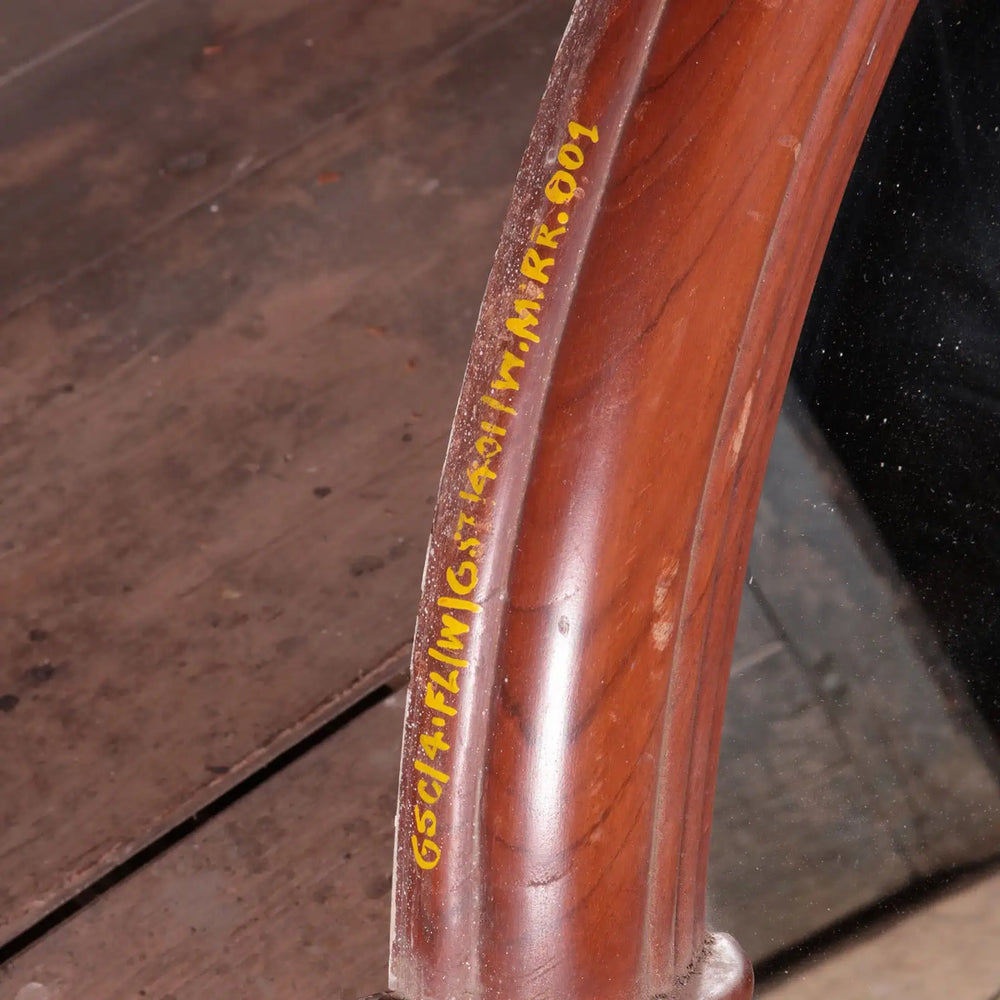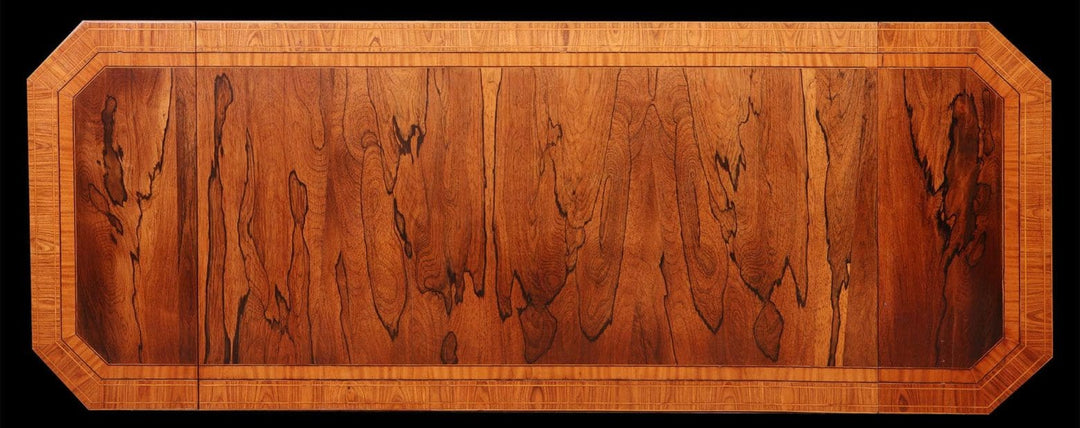
In the 20th century, Bombay (now Mumbai) emerged as a major force in shaping India’s decorative arts, fusing tradition with the currents of modernity. As India’s leading port, industrial hub, and cultural capital, the city drove innovation in craft, design, and interior aesthetics throughout the century.
Colonial Hybridity and Early Innovation
In the early 20th century, Bombay’s decorative arts reflected the city’s colonial context, where Western design influences merged with Indian craftsmanship. Furniture, textiles, and interiors from this period often incorporated European motifs adapted through local materials and techniques, creating a distinct hybrid style.
Artisanal Adaptation and Urban Growth
Bombay’s skilled artisans—working in metalwork, textiles, wood, and jewellery—responded to the demands of a rapidly urbanising society. The growing middle class and elite drove demand for high-quality, handcrafted goods, leading to the evolution of traditional crafts for modern domestic settings.
Post-Independence Modernism
After 1947, modernist ideals gained ground. Bombay architects and designers embraced clean lines, functionality, and minimalism, while drawing on Indian decorative traditions. The result was a distinctly Indian modernism that shaped interiors, furniture, and objects with global appeal.
Bollywood and Popular Aesthetics
From the 1950s onward, Bollywood films—produced in Bombay—had a major impact on decorative style. Lavish sets and stylised interiors influenced design trends across urban India, blending fantasy with aspiration and elevating decorative arts as a form of mass cultural expression.
International Exposure and Design Revival
By the late 20th century, Bombay was central to India’s design revival. Through trade fairs, exhibitions, and collaborative projects, the city helped bring Indian decorative arts to a global stage. Local designers began to modernise traditional crafts, ensuring their relevance in contemporary markets.
Conclusion
Throughout the 20th century, Bombay shaped Indian decorative arts through a unique interplay of colonial legacy, craft excellence, modernist design, and popular culture. Its influence can be seen in the evolution of urban Indian aesthetics and in the growing global appreciation for India’s rich decorative traditions.
image: Soona Mahal, Bombay





